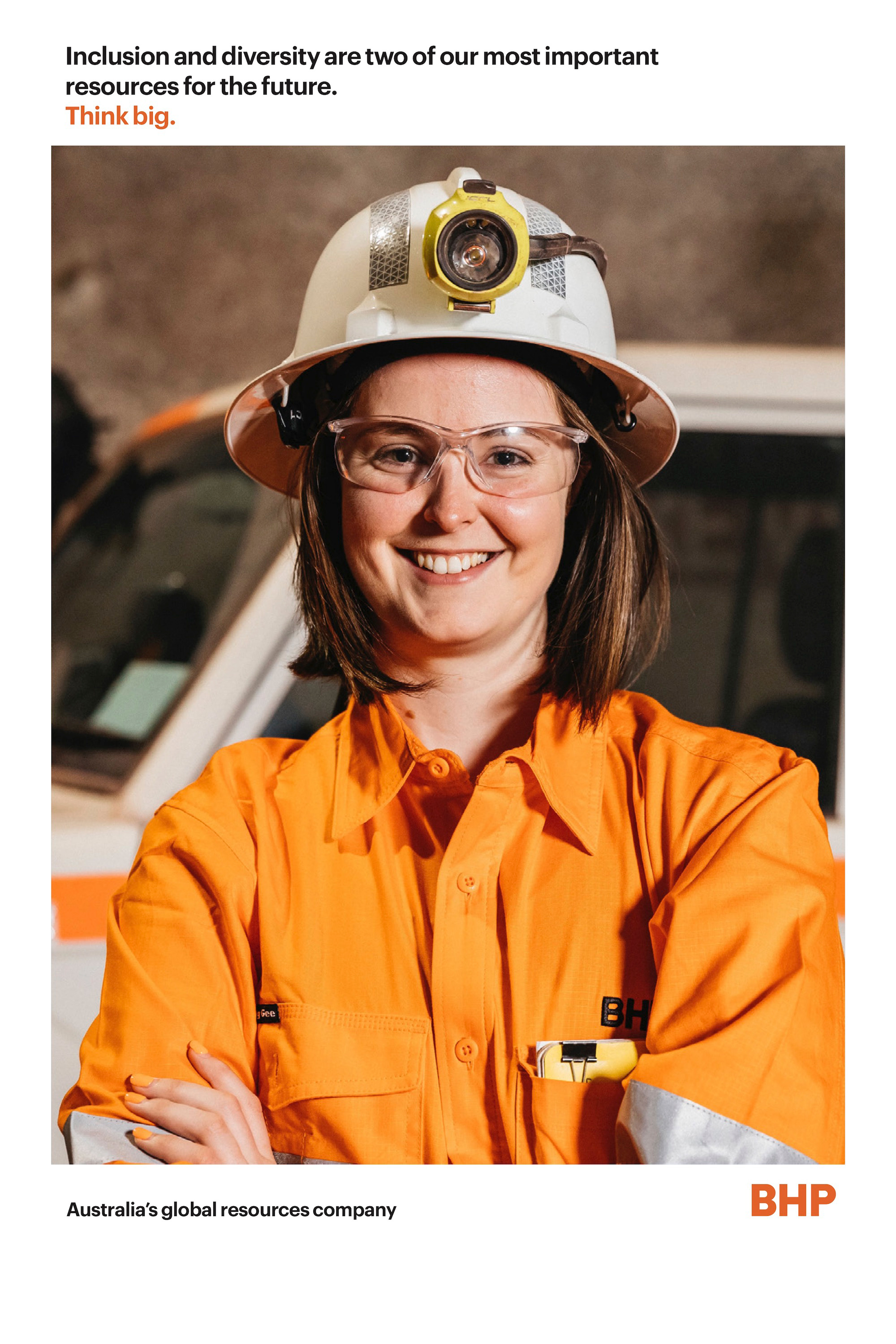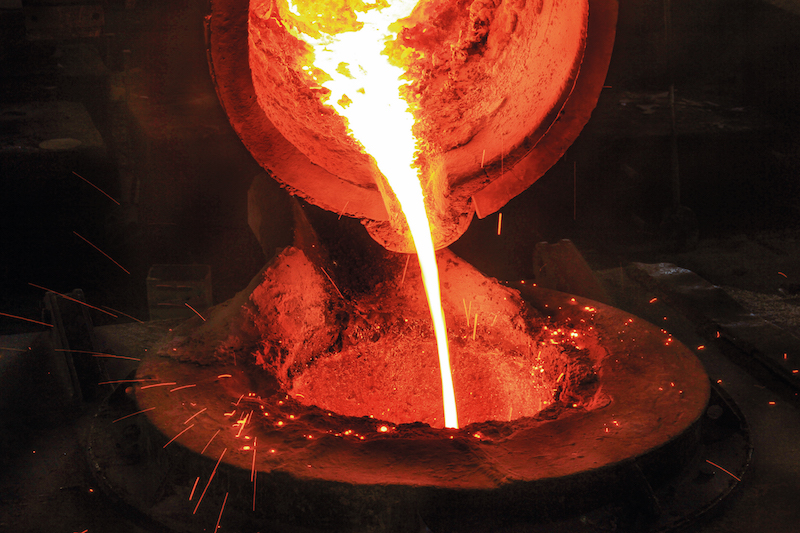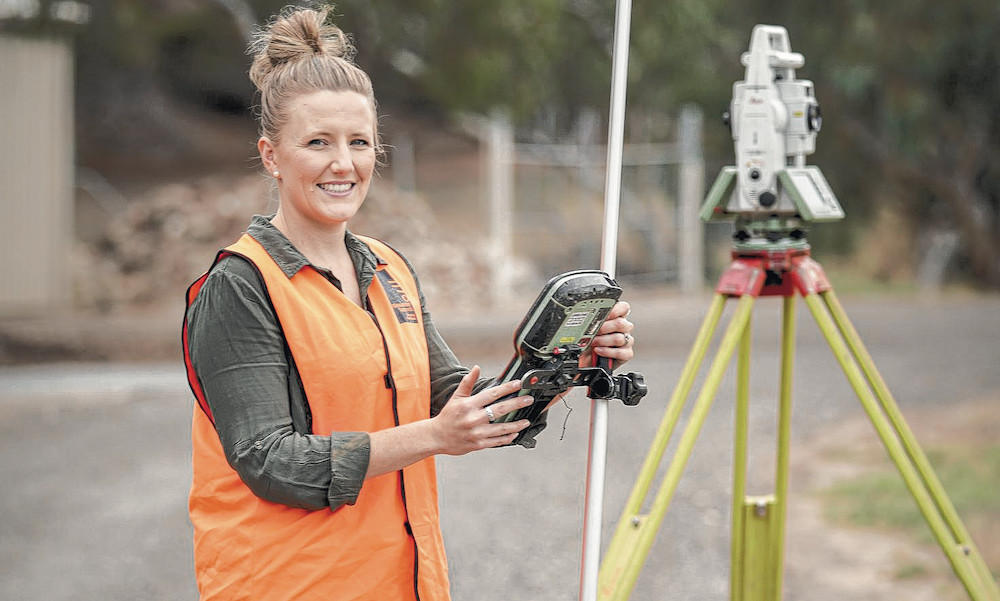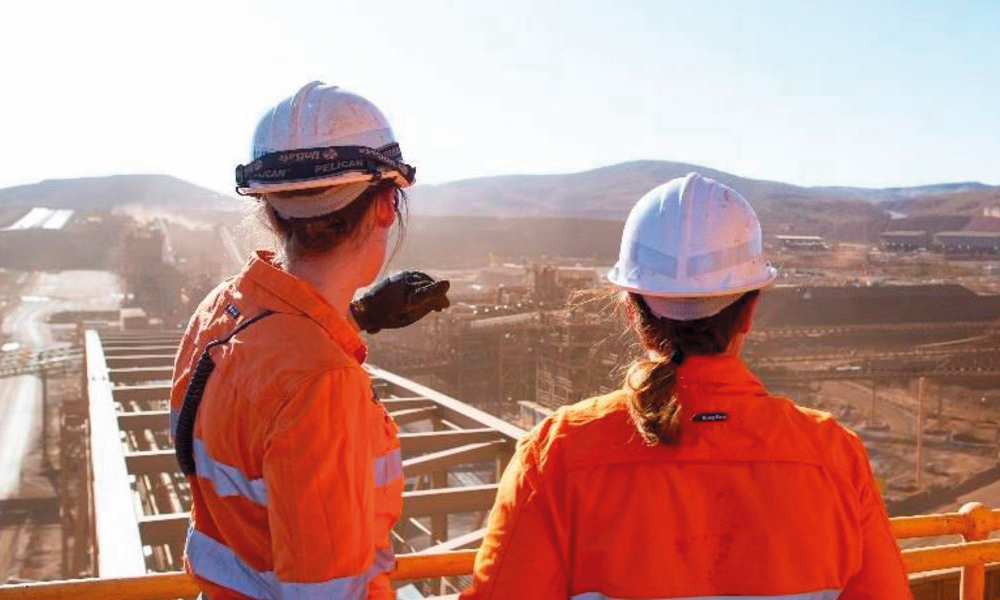
New pedigree of lifesavers
Copper was the building block upon which South Australia’s history began. Today, it’s the building block upon which our future wellbeing relies
South Australia was built on copper. Its discovery almost 200 years ago saved the struggling colony. Its importance to our future is no less dramatic The metal’s many properties have fixed it firmly at the heart of the world’s advanced technologies since the Bronze Age. But its abilities are now opening up a whole new frontier – saving lives.
Copper is an essential nutrient for humans: it is critical to our red blood cells, bones, blood vessels, nerves and immune system. But the same characteristics that make it conductive make it kryptonite to bacteria and viruses, causing their cell walls to collapse, and killing them.
Now the metal is being pushed to its limits by South Australian scientists. Their goal: to better diagnose and treat cancers.
By tweaking the number of neutrons and protons at its core, it can seek, locate – and exterminate – cancer. But only a handful of places across the world are capable of such research. The South Australian Health and Medical Research Institute (SAHMRI) is one of them.
The Molecular Imaging and Therapy Research Unit is exploring ways to supercharge copper atoms and combining them to natural cancer-hunting substances in the human body. The goal is to zero-in on brain tumours and lung, prostate and breast cancer, to enable the accurate delivery of personalised medication to reduce side effects.
“I take those metals and minerals that are naturally found in the body, I make them radioactive,” says its director, Prab Takhar. “They are then injected and we track its natural metabolic pathways in the body. It locates the disease and lights it up with radioactivity. We are using this initially to locate cancers. Then we begin and monitor treatment.”
It’s cutting-edge technology. And the radioactivity quickly decays away to leave harmless natural metals or minerals behind.
That’s of great benefit to the patient. It just makes securing supplies of the radioactive dyes for PET/CT scanners difficult. Which is why Takhar’s team has been tasked with finding ways of guaranteeing locally produced supplies and improve the accuracy of the process.
Using SAHMRI’s cyclotron “Mathilda” to supercharge copper’s subatomic particles, SA was the second place in the world to manufacture a rare and difficult form of copper, copper-64. Essentially, it’s a copper atom that has been destabilised a little. Copper-64 loses its radioactivity within 13 hours – but that is more than enough time to help develop disease-tracking agents for patients.
The research unit’s next goal is to find a way to further tweak these metals into copper-61 and be the first in the world to licence the process. This will further refine the tracking of diseases in the body and cut its radioactivity to little more than three hours. The trick is changing the copper correctly, and then binding it with the right metabolic agents. “If we can be the first in Australia to have copper-61 on our Federal licence, that changes everything for this research,” Takhar says. “I want to make it so straightforward that researchers can get access and find other uses for copper to treat more diseases and share it across the world.” Copper-67 is currently not available in Australia. It has to be imported. But it can be used as guided radiotherapy, using the body’s natural systems to deliver a dose to the cancer. Finding a way to make copper-67 is high on the unit’s agenda. “One day I dream that I will build a copper-67 unit in South Australia, the Copper Kingdom, and supply the world with this radiometal for treating patients,” Takhar says.


COPPER
There’s always been something a little magic about copper. This reddish-brown metal lifted civilisation out of the Stone Age 10,000 years ago.
Now it’s never been more important. In its natural state, it’s a soft and malleable metal. Its unique properties have since made it ideal for conducting electricity, heat and water. Microbes hate it. And it is so durable it can be recycled over and over again.
But its ability to create powerful new properties when combined with other metals is what guarantees its future. This includes batteries and advanced electronics. Which is why demand for the metal just keeps skyrocketing.
Measuring up for success
in resources

We’re the ones people see on the side of the road with what looks like a camera on a tripod. Surveyors measure everything from property boundaries, roads, and construction sites, to structural and mechanical plant and even heritage buildings and culturally important areas. We get to use a range of equipment including theodolites, levels, GPS, drones and 3D laser scanners. The data is then turned into CAD plans or 3D models by drafters depending on what the survey is for.
We’re often the first people on the ground for many projects, and it’s pretty amazing to be involved in the transformation of various sites, whether it be from a vacant paddock to a finished subdivision or a rundown building to a multi storey apartment.
I was not 100 per cent sure on what I wanted to do as a career. I started with an architecture degree but after a year, I decided I wasn’t creative enough and was more practically minded. I decided to switch to my other idea of being a park ranger, as I love being outside, so I changed courses and started
an environmental science degree, during which I did a GIS mapping course – the start of my surveying journey.
My partner at the time was a surveyor and suggested maybe it was a career option – as it was a way I could combine the outdoors with drafting and get to see lots of Australia – so, after the first year of my environmental degree, I transitioned to the surveying stream.
I have enjoyed my time being in the field and on sites, as it gave me good exposure to many projects. I’m slowly transitioning into a different role within the business, where I can expand my knowledge. I’m lucky to be working for a company where I am supported by the company and am given the opportunities to broaden my horizons, try something different and be given a chance to create a new path.

Future thinkers in today’s world
New life is being breathed into one of South Australia’s most iconic generational assets: Olympic Dam
Despite the fact Olympic Dam taps the world’s fourth-largest copper deposit – and sits on the largest single deposit of uranium in the world – it’s not a place that registers a huge amount of awareness for many South Australians. But, as one of the world’s largest underground mines, with a workforce of around 4000 people, the extensive underground plant is South Australia’s mightiest ongoing generational asset – and it’s not an asset that’s running out.
The population continues to have strong demand for copper, silver, gold and uranium, which means even 32-year-old sites like Olympic Dam remain relevant and vital, and must continually evolve.
“Mining’s an old game,” says Andrew Howie, head of asset projects South Australian Chamber of Mines & Energy Annual Sponsors at Olympic Dam. “A lot of our projects are looking at process plant areas and asking, ‘Do we have the appropriate technology? Do we update?’ It’s not a wholesale replacement of the underlying processes it’s about gauging what are the most sensible investments.”
Renewal of three critical components at Olympic Dam – the copper refinery, the M6 pipeline and the airport – has been overseen by Howie and his team. Updating the refinery has involved the implementation of an automated crane and robotic systems. “The new technology is going to reduce the costs of the operation, and new machines will allow more efficient operation of the refinery,” Howie says.
The M6 is a 96km-long pipeline connecting the Borefields north of Marree with Olympic Dam’s desalination plant. “It’s a critical asset that has served us well for decades,” Howie says. “Its replacement mitigates the risk of pipeline breakages and safeguards supply to the mine and local community.”
The third project already underway is the construction of a new airport, which is being extended to support 100-seater jets, with the potential for further expansion.
More exciting future growth looks promising as the team progresses the Olympic Dam Resource Development Strategy, which would underpin a proposed staged modernisation and growth for operations. This will, ultimately support a significant increase in production over the next 25 years.